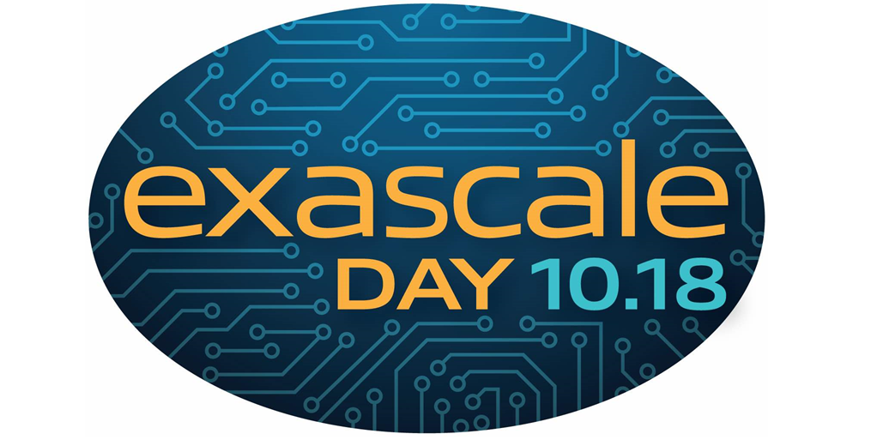 Over at IT World, Joab Jackson writes that Python just got a big data boost from DARPA with a $3 million award to software provider Continuum Analytics. The funding will help foster the development of Python’s data processing and visualization capabilities for big data jobs.
Over at IT World, Joab Jackson writes that Python just got a big data boost from DARPA with a $3 million award to software provider Continuum Analytics. The funding will help foster the development of Python’s data processing and visualization capabilities for big data jobs.
The money will go toward developing new techniques for data analysis and for visually portraying large, multi-dimensional data sets. The work aims to extend beyond the capabilities offered by the NumPy and SciPy Python libraries, which are widely used by programmers for mathematical and scientific calculations, respectively. More mathematically centered languages such as the R Statistical language might seem better suited for big-data number crunching, but Python offers an advantage of being easy to learn.
The work is part of DARPA’s XData research program, a four-year, $100 million effort to give the Defense Department and other U.S. government agencies tools to work with large amounts of sensor data and other forms of big data. Read the Full Story.
In this video from PyData NYC 2012, Stephen Diehl from Continuum Analytics presents on Blaze, a next-generation NumPy designed as a foundational set of abstractions on which to build out-of-core and distributed algorithms. Blaze generalizes many of the ideas found in popular PyData projects such as Numpy, Pandas, and Theano into one generalized data-structure. Together with a powerful array-oriented virtual machine and run-time, Blaze will be capable of performing efficient linear algebra and indexing operations on top of a wide variety of data backends.



